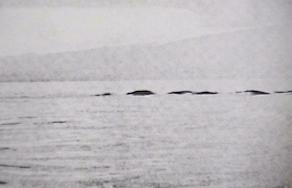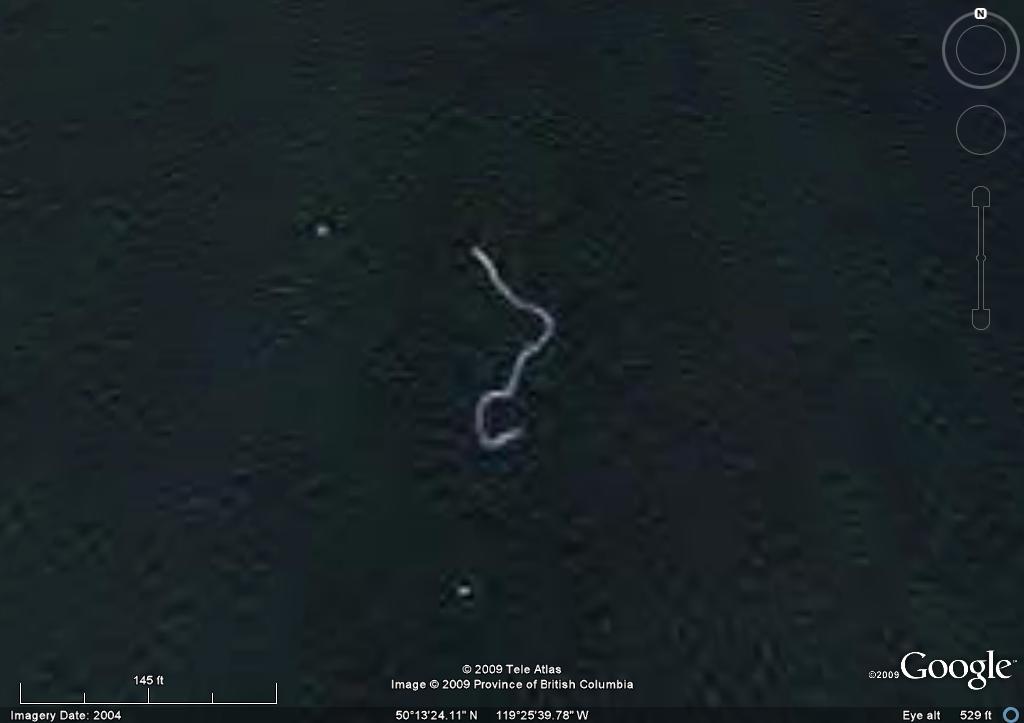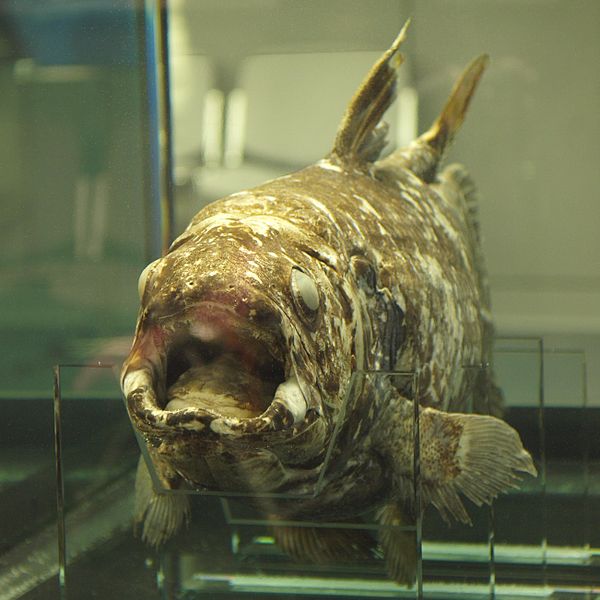I've always had a soft-spot for monsters.
In 9th grade Speech, I stood up in front of the entire class and performed a persuasive speech on the true existence of Big Foot. And, to be honest, I was dead serious. I found some articles arguing that accounts of Big Foot and the Yeti closely matched fossil evidence of a prehistoric great ape species called Gigantopithecus -- and couldn't it be possible that a few of them survived in dense forests and inhospitable climes, terrifying the humans who mistakenly called them "Big Foot"?
Well, I got an "A" on the speech so someone must have thought my arguments were plausible, at the least ...
So when my Dad came home from Whistler, Canada last week and told me about the Ogopogo, a legendary Canadian Lake Monster from that area, no doubt I was excited. (He's been making the monster rounds this year-- remember this?) Sightings of the beast are numerous, dating back to local Indian legends.
 |
| 1976, from here. |
 |
| Google maps, 2009, from here. |
Similar to theories surrounding Big Foot, cryptozoologists (isn't that the coolest job title ever?) postulate that Ogopogo may be the a remaining breed of plesiasaur, an aquatic dinosaur believed to be long-extinct.
 |
| Plesiosaur, from here. |
Scientists who give credence to the massive informal data (personal sightings, historical records, sonar images, etc.) say it may be conceivable that some individual creatures lived in locations that protected them from the extinction event that wiped out the rest of the dinasaurs. (Of course, creationist "scientists" argue that existence of such creatures offers proof that an asteroid never hit -- and of course, a plesiosaur could survive a giant flood.)
Seems pretty far-fetched, I grant you. But just remember the coelacanth.
 |
| Coelacanth, from here. |
This ugly fish is the most famous example of a Lazarus taxon, a species believed to be extinct but discovered to still exist. Scientists believed this ancient creature became extinct 65 million years ago, until two were discovered off the coast of South Africa in 1938. Since then, other Lazarus taxon species have been discovered around the world.
Whether Ogopogo (or Big Foot, aliens or the tooth fairy) exist, isn't it kind of wondrous that these mysteries still confound us? When we look back at history, and gape at what they thought and what they didn't know, it sometimes feels like we've come to an age where all the discoveries have been made and the mysteries solved. But when I read about Ogopogo and the coelacanth, I feel like the world may very well hold more than we can possibly know...yet.
PS. I'm reading Remarkable Creatures, by Tracy Chevallier, about 19th century female fossil hunters. Can you guess why I like it?

Hello, E. What makes you think creation-scientists aren't real scientists? They look at all the same evidence but interpret it differently; why would you assume their interpretations are necessarily wrong?
ReplyDeleteAndy
ad101867@yahoo.com